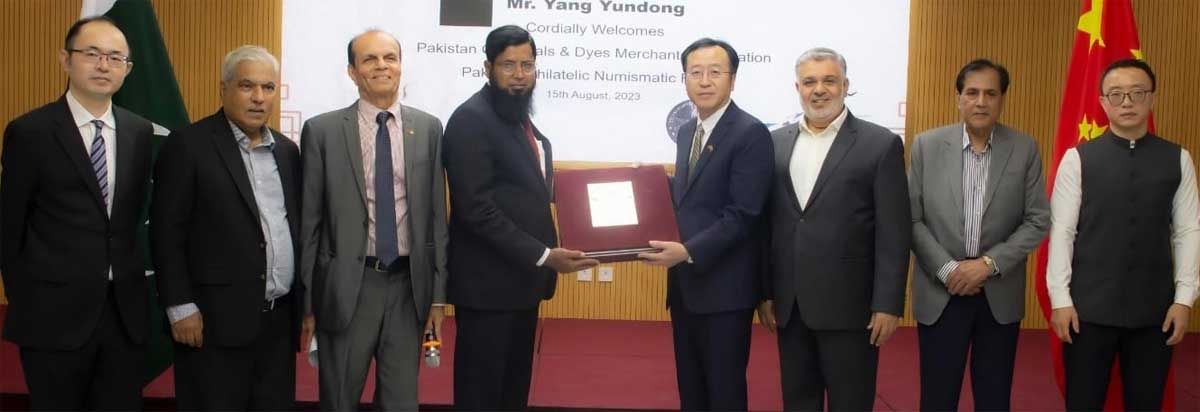As the global population continues to surge, urban sprawl has emerged as an ever-increasing concern, affecting not only developed nations but also developing countries like Pakistan. The unprecedented growth of population and the consequenturbanization have sled to the unchecked expansion of cities with far-reaching consequences for both the environment and society. While the development of urban centers may offer immediate benefits, such as increased infrastructure development and economic opportunities, its long-term challenges demand serious attention and innovative solutions that resonate with the lives of ordinary people.
According to a research study published in the International Journal of Urban Planning and Smart Cities, Pakistan’s urban development policies have been tenuous, leading to uncontrolled and unfettered sprawl in major cities. As a result, there is a significant loss of prime agricultural land in the vicinity of cities and it has become an alarming issue that impacts food security and the livelihoods of rural communities. It is estimated that annually 7700 hectares of valuable agricultural land are lost due to urban sprawl, further straining the delicate balance between urban growth and sustainable agriculture.
A research study on the city of Sargodha, one of Pakistan’s rapidly growing cities, published in 2022 using remotely sensed data reveals that urban expansion affects the landscape and livelihood of its inhabitants, putting a human face to the consequences of uncontrolled urbanization.
Urban sprawl is a global issue, but underdeveloped countries are unable to effectively address it. In Pakistan, for example, urban development policies are volatile and urban zones lack approved boundaries. This failure is primarily driving unregulated sprawl in the country’s biggest cities, where basic principles of urban planning and land management norms are almost nonexistent in many cases. Also, due to demographic changes and economic development in Pakistan, urbanism, and desertification escalated several times at the expense of agricultural land. In the vicinity of cities urban sprawl consumes more land in a sprinted pattern.
As cities expand, they engulf fertile farmland, leading to a decrease in agricultural output and increased food insecurity for the growing population. For a nation like Pakistan, where agriculture plays a crucial role in the economy and the lives of millions, this loss of land is a serious concern that touches the lives of ordinary farmers and their families. The rural-to-urban migration phenomenon is another factor that challenges the survival of our agriculture sector as agricultural communities are trying to seek better livelihood opportunities in the cities perpetuating the cycle of urban sprawl.
Besides challenging agriculture and creating issues of food security, the rapid expansion of cities brings forth a plethora of environmental challenges as well that have tangible effects on people’s lives. Deforestation and habitat destruction due to land clearance for construction diminish green spaces and trees, contributing to climate change and worsening air pollution. As a result, ordinary citizens face increased health risks and environmental hazards. A study analyzing urban growth patterns suggests that during monsoon heightened surface runoff due to increased impervious surfaces like roads and buildings leads to flooding in urban areas, affecting homes and livelihoods.
The impact of urban sprawl on daily life is also felt most acutely through traffic congestion and inadequate public transportation. As cities expand, commutes become longer, leading to increased fuel consumption and carbon emissions. For the average Pakistani, getting to work or school becomes a daily struggle, affecting productivity and quality of life. Insufficient public transportation options further push private car ownership, perpetuating the cycle of traffic congestion and air pollution, which affects the health and well-being of ordinary citizens. The shift in urban living in the field of mobility can also be recognized as urban sprawl, creating dependence effects.
The development of urban centers is a continuous process that carries along unique advantages and disadvantages. In countries like Pakistan, urban sprawl has become a challenge as it impacts the lives of ordinary people in tangible ways, from the loss of agricultural land to increased environmental hazards and strained infrastructure. It is a rallying cry for collective action, we can strike a balance between growth and environmental conservation by working together and embracing inclusive development ideas that prioritize the human experience.
Addressing the challenges presented by unchecked and unregulated urbanization demands immediate attention from policymakers, urban planners, and citizens alike. A comprehensive approach that considers the real-life impact on individuals and communities is inevitable to limit the challenges and maximize the gains of urbanization.
There is a need to strike a balance between progress and preservation by combining urban planning, ecological sensitivity, and community participation. The way forward involves integrating sustainable urban design and enforcing clear zoning regulations to achieve balanced urban growth while preserving natural resources for both urban and rural dwellers. A set of collective and coordinated efforts will guarantee a future where growth coexists peacefully with environmental well-being.
Growing cities, shrinking farmlands: Challenges of urban sprawlin Pakistan




